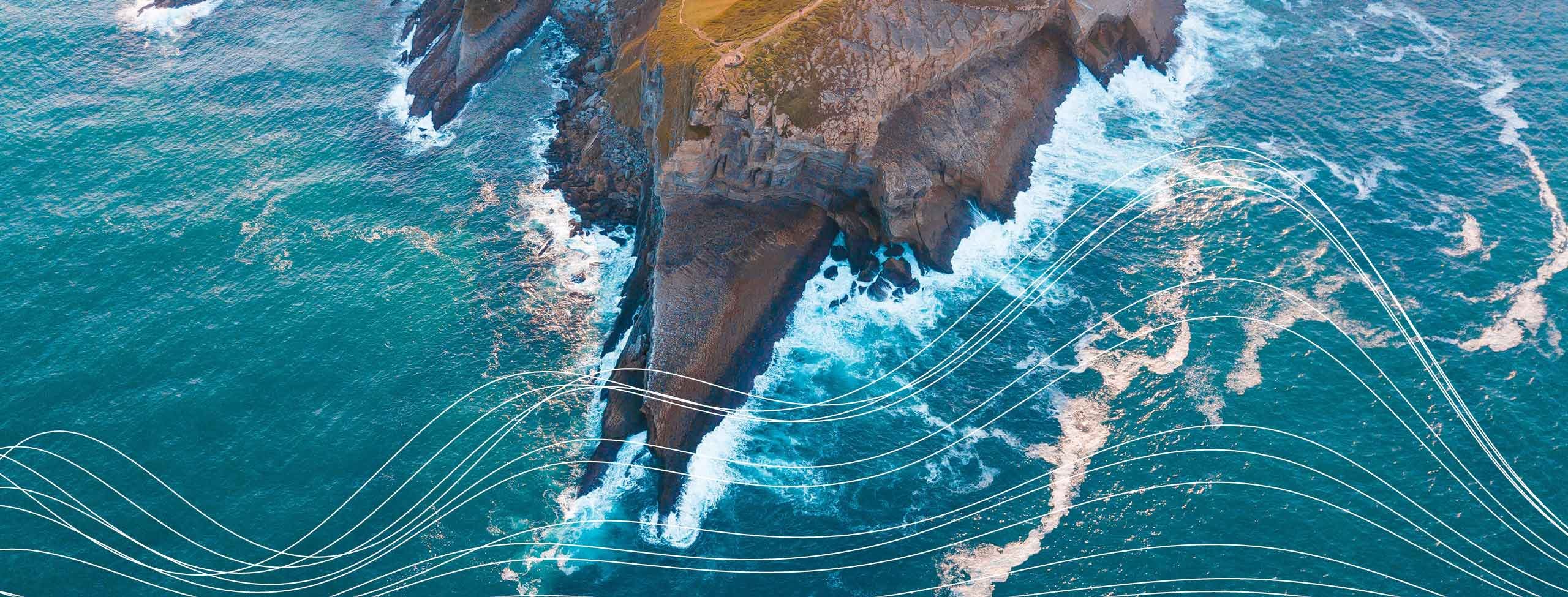
8 April 2020 • 4 minute read
Recycling Victoria: A new economy and the future of waste to energy
The Victorian Government recently released “Recycling Victoria”, a circular economy policy and 10 year action plan. The policy and action plan primarily focuses on reduction of waste and increasing recycling.
Waste to energy is considered; however, it appears to be factored in as a last resort before landfill rather than as a solution to Victoria’s waste problem, which is highlighted by the Victorian Government specifying that reducing, reusing and recycling waste should take priority over waste to energy and that Recycling Victoria is designed to ensure that waste is recycled before it is used for energy recovery.1 This position aligns with community expectations on the waste hierarchy.
The Victorian Government states that it “supports waste to energy projects where they create clear net benefits and complement efforts to reduce and recycle waste.” 2 These benefits include reducing the amount of waste sent to landfill and also reducing greenhouse gas emissions compared to the waste and energy services such waste to energy facilities displace. This is planned to be achieved in a number of ways:
- the Victorian Government will cap the amount of residual waste that can be used in thermal waste to energy facilities at one million tonnes each year until 2040. The cap will include all thermal waste to energy facilities and apply to the quantity of waste they use as feedstocks. The Victorian Government will review this cap and the level of its contribution to waste reduction targets in 2023;
- the Victorian Government will provide investment support, including grants and loans, to entrants into Victoria’s waste and energy market. The purpose of this is to support facilities that use organic waste to make bioenergy or provide precinct-scale energy. As part of this, the Victorian Government also plans to fund research to develop safe uses for the residual products of waste to energy facilities e.g. ash;3
- the Victorian Government will monitor the development of waste to energy facilities to ensure over-investment in such facilities and consequently the undermining of waste reduction efforts does not occur.
The Victorian Government has specified that it supports waste to energy projects where such projects:
- meet best-practice environmental protection requirements, including air pollution controls;
- reduce the amount of waste sent to landfill and do not displace reusing or recycling;
- meet best-practice energy efficiency standards;
- have sustainable business models that create jobs; and
- work with local communities in which they operate.4
So what does this mean for current and future waste to energy projects in Victoria?
The policy states that the cap will be implemented through new rules which will be given effect by legislation or regulation; however, it is unclear whether the cap will be applied during the approval process or whether a restriction will be imposed on how councils and private contractors dispose of waste.
There are already a few waste to energy projects at various stages of early development in Victoria. On 21 January 2020, the Victorian Environment Protection Authority approved Recovered Energy Australia Pty Ltd’s proposed development waste to energy facility in Laverton which will process 200,000 tonnes per year of municipal solid waste. Australian Paper is planning to develop a waste to energy facility at its Maryvale Mill in the La Trobe Valley with the capacity to process 650,000 tonnes per year.
Municipal waste volumes available for waste to energy projects in Victoria (and other jurisdictions), and the level of supply commitment, will be key considerations for local authorities and sponsors with these issues going to both bankability and plant efficiency (the presumption being greater efficiency and hence lower gate fees for larger plants). In the current environment, the potential for job creation, both during construction and operation, will no doubt also be an important consideration.
With the sector in Australia still in the early stages compared to overseas markets, it is hoped that an appropriate balance can be struck to ensure that waste to energy solutions as one of the alternatives to landfill are sufficiently attractive to investors while also meeting community expectations and overall goals of reducing waste.
1 Recycling Victoria General FAQ, p 7.
2 Victorian Government, ‘Recycling Victoria: A New Economy’ (Factsheet)
3 State of Victoria Department of Environment, Land, Water and Planning, Recycling Victoria Policy Document p 35.
4 bid p 36.